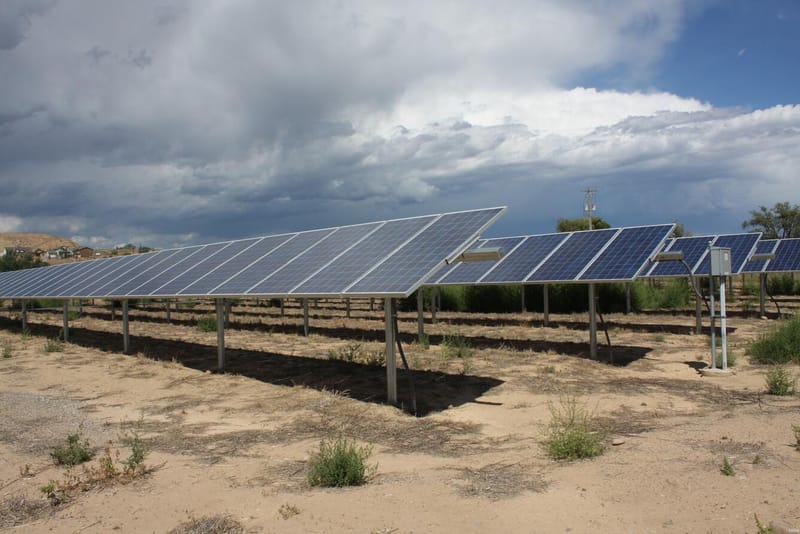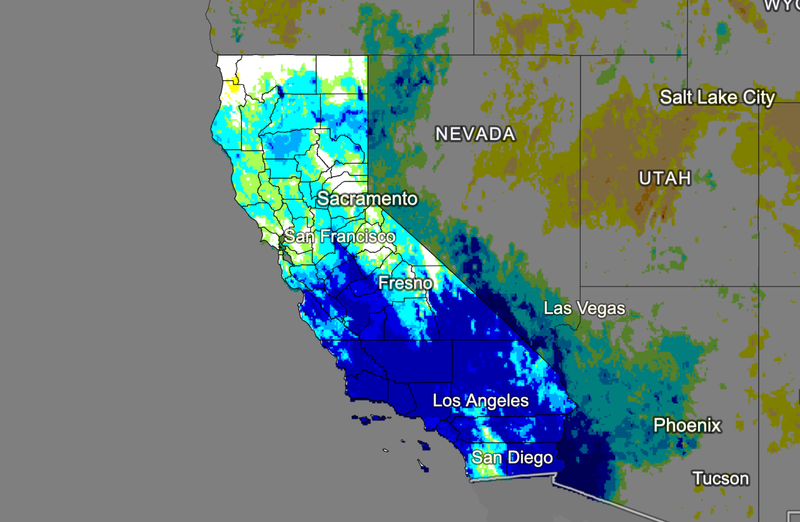Net-zero by 2045: California’s progress toward carbon neutrality
Learn about California's progress toward carbon neutrality with its ambitious Climate Scoping Plan.
As 2025 begins, California continues to make strides toward achieving its ambitious goal of carbon neutrality by 2045. Two years after the adoption of the 2022 Climate Scoping Plan, the state is laying the groundwork for transformative changes aimed at drastically reducing greenhouse gas emissions, cutting fossil fuel consumption, and addressing environmental inequities.
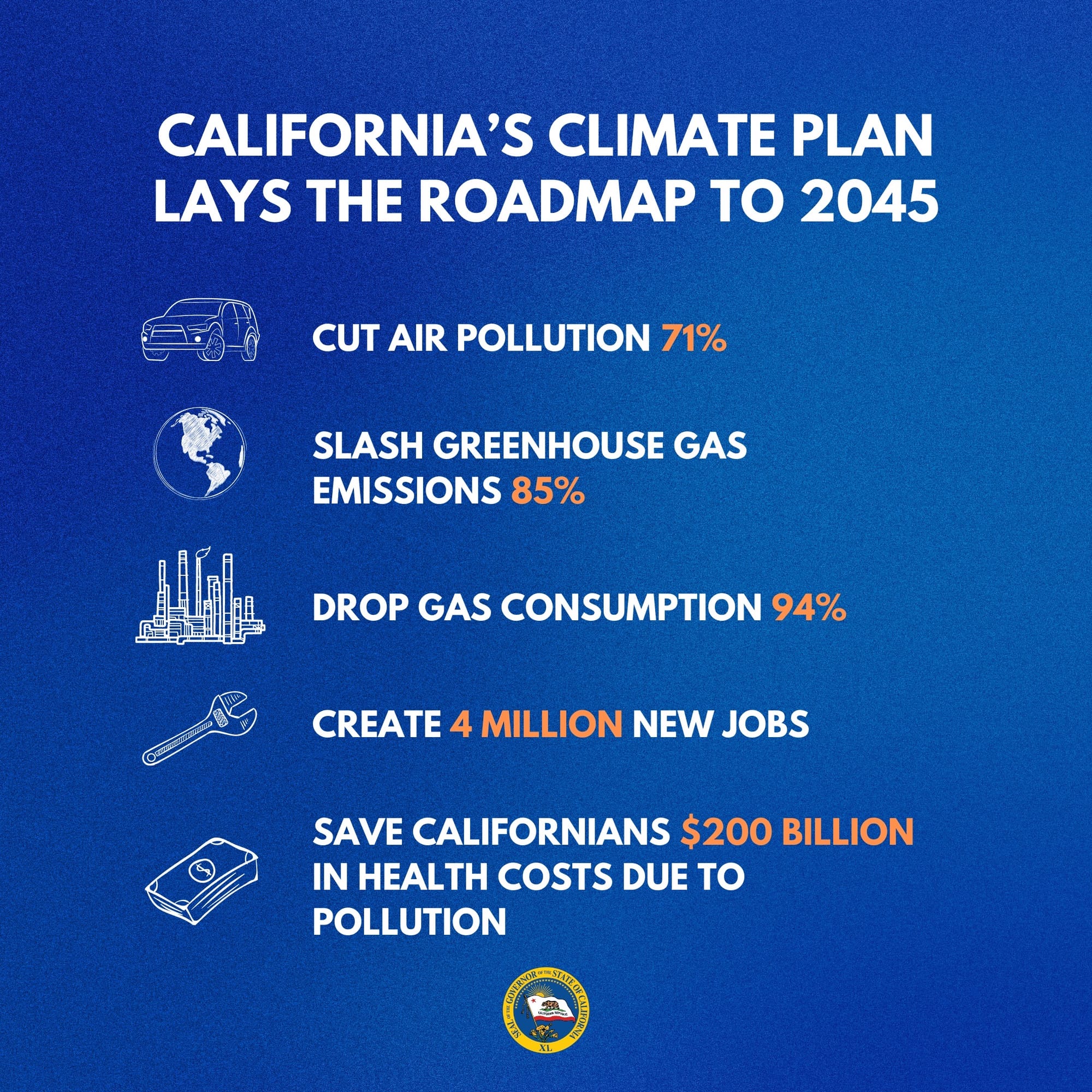
The plan, signed into law by Governor Gavin Newsom, sets California apart as a global leader in climate action. It projects a sweeping 85% reduction in greenhouse gas emissions below 1990 levels by 2045, accompanied by a 94% drop in fossil fuel use, including a sharp decline in oil demand. These measures are not only reshaping the state’s energy and transportation sectors but are also designed to address public health and environmental justice concerns.
As described by California Air Resources Board (CARB) Chair Liane Randolph
“This plan delivers a massive reduction of climate-warming pollution, cutting it down to a fraction of what it is today. ... There is too much at stake and we need to move as fast and as far as we can to lessen the worst impacts of climate change and leave future generations a livable and healthy California.”
Key Goals and Early Milestones
The Climate Scoping Plan outlines a comprehensive strategy to meet these ambitious targets. By 2030, California aims to reduce greenhouse gas emissions by 48% below 1990 levels, exceeding the state’s statutory mandate of 40%. Notable initiatives include:
- Clean Energy Investments: California is ramping up renewable energy capacity with a target of 20 gigawatts of offshore wind by 2045.
- Housing and Energy Efficiency: The state plans to build 3 million climate-friendly homes by 2030 and 7 million by 2035, along with deploying 6 million heat pumps by 2030.
- Public Health and Equity: The introduction of the Climate Vulnerability Metric helps identify communities most at risk from climate change and air pollution, ensuring their concerns are prioritized.
⚡Today, #CalEnergy approved a $1.4 billion investment plan that accelerates progress on the state’s electric vehicle charging and hydrogen refueling goals.
— California Energy Commission - ⚡#CalEnergy (@CalEnergy) December 11, 2024
🔌🚗 Learn more about this historic investment: https://t.co/X6EoRaTnsE pic.twitter.com/imrl1BbALF
The plan also calls for significant shifts in transportation, such as reducing light-duty vehicle miles traveled by 30% per capita below 1990 levels by 2045 and transitioning to sustainable aviation fuel for the aviation sector.
Economic and Social Impacts
In addition to its environmental goals, the Scoping Plan projects substantial economic benefits. By 2045, California’s economy is expected to grow to $5.1 trillion, up from $3.2 trillion today, creating at least 4 million new jobs. Green industries, including electric vehicle manufacturing and renewable energy development, are positioning the state as a leader in the global clean energy market.
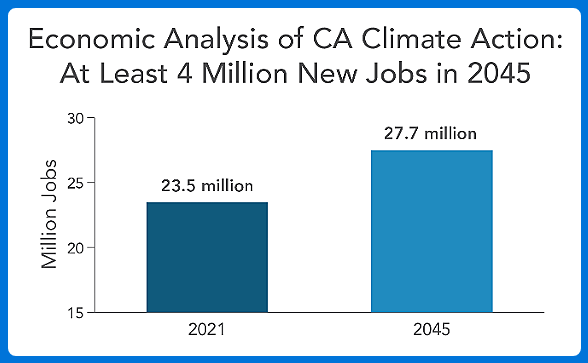
The plan also addresses concerns raised by overburdened communities, particularly those disproportionately affected by fossil fuel pollution. Responding to input from the Environmental Justice Advisory Committee, the updated plan commits to building no new gas plants, enhancing mass transit, and ensuring an equitable transition away from oil extraction and refining.
California Climate Dashboard: Tracking Progress in Real-Time
To complement its ambitious climate goals, California has developed the California Climate Dashboard, an interactive tool by the California Environmental Protection Agency (CalEPA). The dashboard provides a detailed look at the state’s progress toward achieving carbon neutrality by 2045, showcasing real-time data across key areas such as greenhouse gas emissions, renewable energy adoption, and clean transportation milestones.
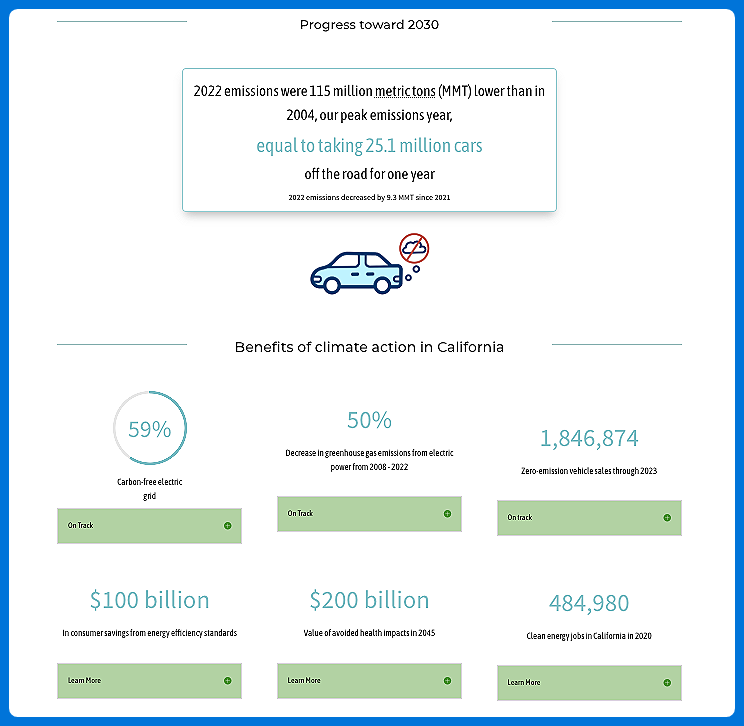
For example, at the close of 2024 the dashboard highlights that in 2022, California’s emissions were 115 million metric tons lower than in 2004, the state’s peak emissions year—a reduction equivalent to taking 25.1 million cars off the road for a year. It also tracks other significant achievements, including:
- A 50% decrease in greenhouse gas emissions from electric power (2008–2022).
- 59% progress toward a carbon-free electric grid.
- Over 1.8 million zero-emission vehicle sales through 2023.
These insights are vital in understanding the tangible benefits of California’s climate actions, including $200 billion in avoided health costs by 2045 and $100 billion in consumer savings from energy efficiency standards.
You can explore the California Climate Dashboard yourself for more details and interactive visualizations by visiting CalEPA’s official website.
Challenges Ahead
While the Scoping Plan represents a critical milestone, implementing its goals will require a coordinated effort across state agencies, local governments, and private sectors. The timeline is ambitious, demanding significant investments in renewable energy infrastructure, transportation electrification, and community resilience.
"The Scoping Plan contains many ambitious goals that will create major benefits for California and the world if we succeed in reaching them. But until we take action, it is just a report. It is our job as an advocacy community to turn seemingly impossible goals into realities and to prevent outcomes that continue the legacy of environmental racism at the hands of polluting fossil fuel companies."
–David Weiskopf, Senior Policy Advisor, NextGen Policy, from Governor Newsom's press release.
Looking Ahead
California’s progress underscores its determination to lead by example in addressing the global climate crisis. As 2025 approaches, the state remains committed to meeting its targets and sharing its roadmap with other jurisdictions seeking to adopt bold climate action plans.
By combining aggressive emissions reductions, equitable policies, and substantial investments in clean energy, California is setting the stage for a sustainable future—one that balances economic growth with environmental responsibility.





